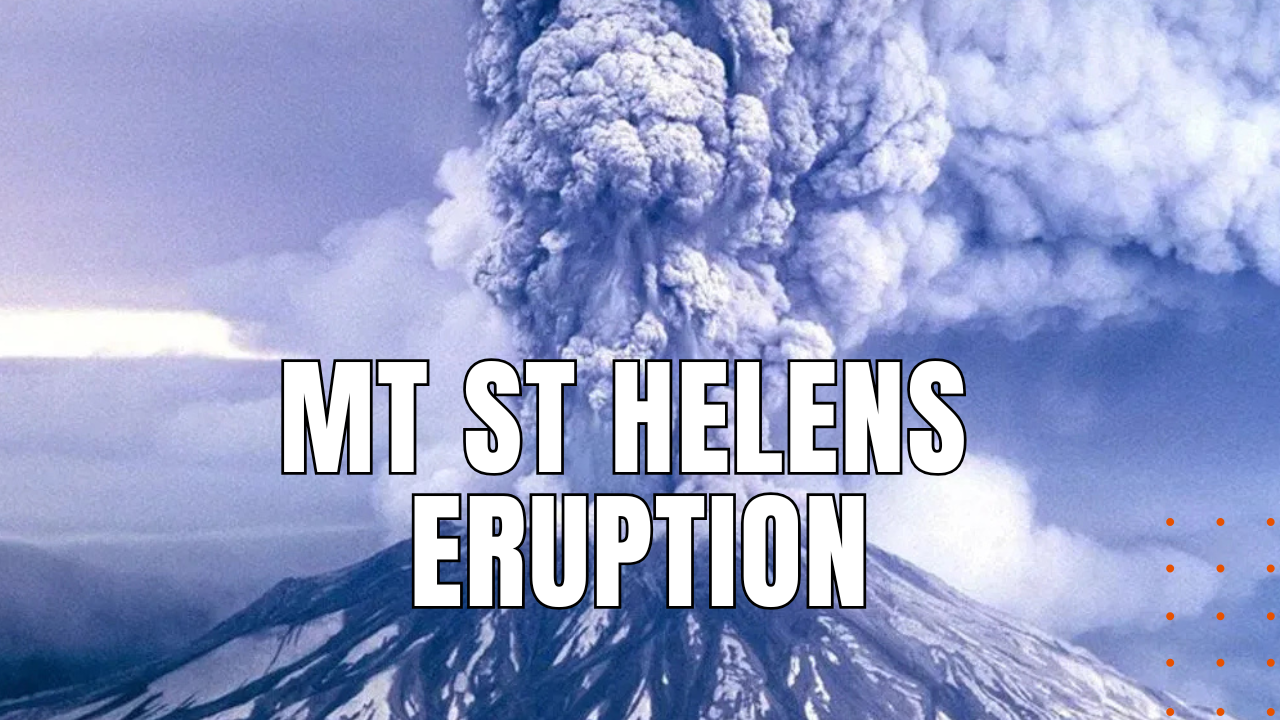Mt St Helens Eruption of 1980

In the spring of 1980, Mt. St. Helens stood as one of the most majestic peaks in the Cascade Mountains of Washington State. In a region rich in natural beauty and an abundance of wildlife, the Mt. St. Helens volcano started to rumble back to life after 120 years of dormancy.
When Was Mt St. Helens Last Eruption?
For weeks the ground shook almost daily, leaving geologists stymied over what would happen next. The answer came on May 18th, 1980 when a 5.1 magnitude earthquake rocked the mountain with a disconcerting punch.
Within ten seconds, the volcano’s northern face collapsed in the largest landslide in recorded history. Millions of tons of magma burst into the sky, followed by a pyro-plastic flow of searing gas and rock, flattening forests as it swept down the mountain.
Four miles beneath the erupting summit, Spirit Lake was overtaken by debris, lifting its waterline by more than 200 feet. The eruption spewed toxic gases miles into the air. The northern slope of the mountain became buried in several feet of ash, snuffing out nearly all life in its path.
Deaths From Mt. St Helens Eruption
57 people died in the eruption, including loggers, scientists, campers and one unlucky reporter. Some of the dead are found upwards of thirteen miles away from the volcano, in areas previously considered safe from a major eruption.
The drifting ash continued throughout the day, disrupting air traffic for hundreds of miles in every directions of what became known as the blow down zone.
On the ground, trees and wildlife were incinerated by hot ash and rock in a two hundred square mile radius around the volcano, turning a once verdant landscape into charred, moon-like desolation.
More than 100 species of birds were eradicated from the region, along with deer and elk, black bears, wolverines, cougars and bobcats. Forty years later, the region has experienced a gradual return to life, while the mountain itself has seen nearly 1,300 feet of her summit permanently removed.
The once majestic mountain peak now sports a gaping grater a mile wide and two thousand feet deep, making the Mt. St. Helens eruption the largest and most destructive volcanic catastrophe in North America in well over a century.
